To provide the best experiences, we use technologies like cookies to store and/or access device information. Consenting to these technologies will allow us to process data such as browsing behaviour or unique IDs on this site. Not consenting or withdrawing consent, may adversely affect certain features and functions.
The technical storage or access is strictly necessary for the legitimate purpose of enabling the use of a specific service explicitly requested by the subscriber or user, or for the sole purpose of carrying out the transmission of a communication over an electronic communications network.
The technical storage or access is necessary for the legitimate purpose of storing preferences that are not requested by the subscriber or user.
The technical storage or access that is used exclusively for statistical purposes.
The technical storage or access that is used exclusively for anonymous statistical purposes. Without a subpoena, voluntary compliance on the part of your Internet Service Provider, or additional records from a third party, information stored or retrieved for this purpose alone cannot usually be used to identify you.
The technical storage or access is required to create user profiles to send advertising, or to track the user on a website or across several websites for similar marketing purposes.
 Perhaps the most pervasive and enduring myth about the office is that it is somehow dying off. It’s a blast of guff originally farted out at the dawn of the technological revolution in the early 1990s, which has somehow lingered and been stinking the place out ever since. The essential premise behind the idea of the death of the office is that mobile technology makes it possible for us to work from ‘anywhere’ and so that must mean ‘somewhere’ is no longer needed. (more…)
Perhaps the most pervasive and enduring myth about the office is that it is somehow dying off. It’s a blast of guff originally farted out at the dawn of the technological revolution in the early 1990s, which has somehow lingered and been stinking the place out ever since. The essential premise behind the idea of the death of the office is that mobile technology makes it possible for us to work from ‘anywhere’ and so that must mean ‘somewhere’ is no longer needed. (more…)




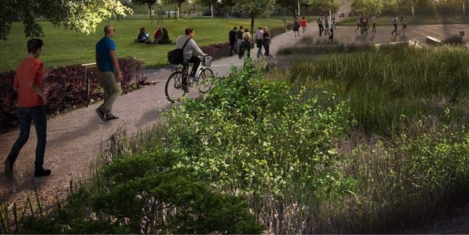

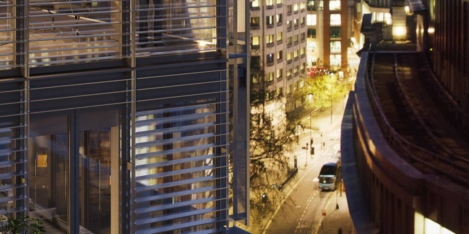


 The already low number of fathers claiming paternity leave has fallen for the first time in five years, to 213,500, down 3 percent from 221,000 last year an analysis by law firm EMW has revealed. To help encourage more men to take paternity leave, the Government launched the shared parental leave scheme in 2015. However, take up of the scheme has also been slow, with less than 2 percent of all UK fathers participating. These latest figures suggest that hundreds of thousands of men are not taking up their entitlement to paternity leave. In comparison with low rates of paternity leave, nearly treble the number of mothers (662,700) took maternity leave in 2017-2018, up from 661,000 in 2016/17.
The already low number of fathers claiming paternity leave has fallen for the first time in five years, to 213,500, down 3 percent from 221,000 last year an analysis by law firm EMW has revealed. To help encourage more men to take paternity leave, the Government launched the shared parental leave scheme in 2015. However, take up of the scheme has also been slow, with less than 2 percent of all UK fathers participating. These latest figures suggest that hundreds of thousands of men are not taking up their entitlement to paternity leave. In comparison with low rates of paternity leave, nearly treble the number of mothers (662,700) took maternity leave in 2017-2018, up from 661,000 in 2016/17. 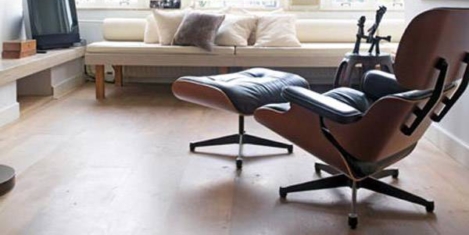

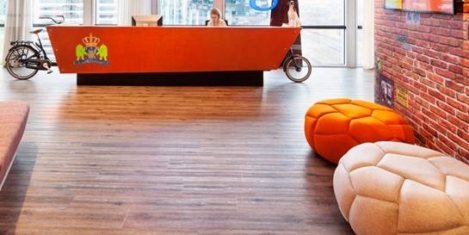
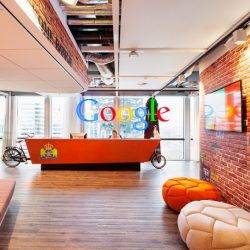






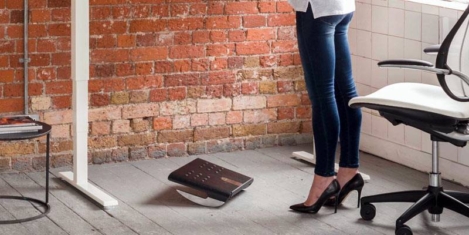










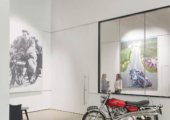

August 21, 2018
How do you make your company culture work for everyone?
by Jonathan Richards • Comment, Workplace
(more…)